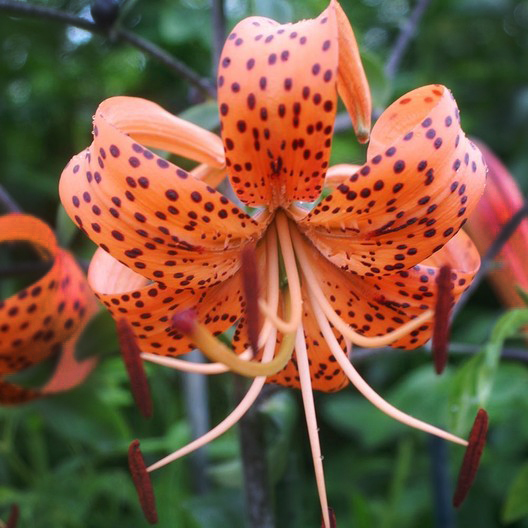Watersheds are lifeboats

As we experience impacts of climate change like drought, flooding, extreme weather, and more, remembering Brock Dolman’s words, “Your watershed is your lifeboat,” can be instructive.
When we place these impacts in the context of our local watersheds, we see how they impact everything from habitat, to the food we can grow, to our very livelihoods. Taking this type of “watershed approach” is what Brock Dolman and many others are advocating to address climate change. Building an understanding of our local watershed, or developing “watershed consciousness” is critical for our resilience to climate change.
So how do we build an understanding of our local watershed? First, it means learning about where the water we use in our daily lives comes from and what happens to it once it leaves our homes, offices, farms, etc. In other words, understanding our own local water cycle is important. For example, does the water you drink each day come from a spring-fed lake, or underground aquifer, or other source? And when you flush the toilet, where does that water go? How is that water treated and where does it end up?
Another way to build understanding of our local watershed is by connecting with it in a physical sense. We need to interact with the bodies of water where we live. Do you know the name of the closest lake or river where you live? How often do you physically interact with it? When we swim, paddle, or take walks on a shoreline, we derive enjoyment, relaxation or renewal from that body of water. These acts are important because they help us build respect and devotion, and a willingness to protect these bodies of water that sustain our lives.
When we consider the state of the climate emergency today, learning about our local watershed might seem elementary. However, if watersheds are our lifeboats, our relationship with them will determine how well we will be able to adapt and transition during these uncertain times. Actions to address climate change and transition the economy toward clean energy will be informed by science, but also require human-centred approaches. So, nurturing our relationship with the land and the water is critical in our response to climate change. The health of these relationships will indicate how well we can weather the storm.
TODAY’S RESOURCE
Learn more about Brock Dolman’s watershed consciousness and the watershed approach in this article from Watershed Discipleship.
TODAY’S ACTION
Today’s action is to find your local watershed. Use this interactive map from Canadian Geographic to learn what watershed you live in.
If you already know what watershed you live in, take a moment to learn something new about your local watershed. What Indigenous territories are in the watershed? What species of plants, animals and other life are native to your watershed? Are any of these species at risk or endangered? How is your watershed governed?
 |
Today’s flower on the |
